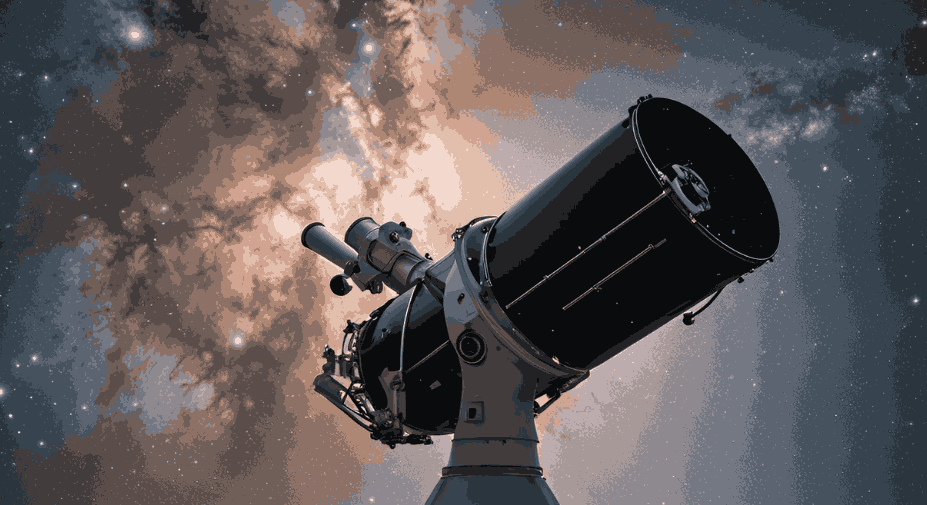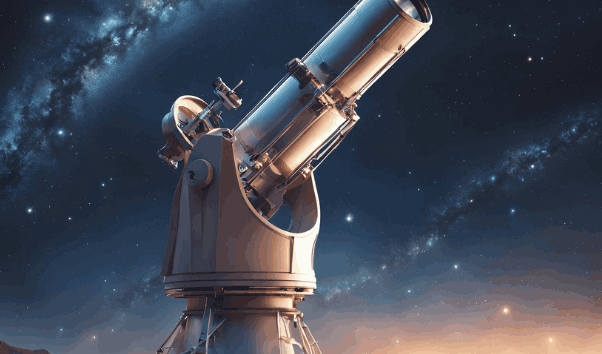Telescope James Webb Space (JWST), we can clear things and look back at that time so much more grant-ably. Indeed this incredible on-board observatory carried out an amazing finding that a galaxy was brought into being during the youngest epochs of the Universe, archetypically conceived as a ‘missing link’ galaxy.
But what is a ‘missing link’ galaxy, and how does such a finding matter? In this particular post, we tell you how the JWST changes your perception of the Universe and this amazing discovery with respect to the origins of time.
The James Webb Space Telescope Humanity’s Eye on the Early Universe
The James Webb Space Telescope has come in December 2021. It was built as the most sophisticated and powerful astronomy equipment ever built. JWST, as many people like to put it, is the big step after Hubble.
It is going to allow access to study galaxies and stars and planetary systems in formation in retrospect of being far farther and deeper in the sky than any other instrument could achieve before it. Indeed, JWST will extend the range of the majority of the infrared spectrum (450 μm-2000 μm) so that it would even appear in the invisible later along with ultraviolet appearance of the Hubble.
This is going to beautifully develop pictures of high redshift galaxies that normally would be very rare because of the much larger wavelength of visible light travel due to the great expansion of the universe.
Infrared imaging can also detect thermal or infrared emissions from nearly all objects, particularly those in space. The two-dimensional array of infrared sensors makes it possible to photograph infrared light sources with their visible spectra being absorbed by atmospheric dust or smoke.
Thus, the JWST would fail to penetrate this area since every other galaxy outside the local group would be hidden behind a curtain of cosmic dust older than 10 years. Very few have received their formal inauguration, and they have been permitted to work for a little over two years, yet a number of very significant discoveries have already used the Hubble Space Telescope, HST. One of its most astonishing events is the identification of a so-called “missing link” galaxy.
What is a ‘Missing Link’ Galaxy
Missing-link galaxy denotes a galaxy that bridges the time sequence of all galaxies during early times of universe formation and evolution.
It lies somewhere in between the so-called first galaxies being small and irregular and more enormous, better-ordered contemporary galaxies. Primitive as they may be, such structures may have been really important regarding large-scale structural evolution of the universe.
Those types of galaxies still are not numerous because they are from the time that happened to be the ‘cosmic dawn,’ which was roughly between 100 million and 1 billion years after big bang and when the very first galaxies and stars were forming.
Most of those galaxies are dim, and at found such impossible distances that they cannot be seen by even the finest of telescopes mounted today. Webb Space Telescope will possibly give such great infrared technology to be able to lay capture on these galaxies and make this important part of history available.
Discovery Of A Glimpse In The Cosmic Dawn

That this galaxy needs to be the “missing link” is even more interesting as the evidence also supports the fact that galaxies were indeed forming at an early stage in the universe. This galaxy approximately 13.3 billion years ago and now places itself at z=10 redshift, almost one of the first objects in any observations. By seeing such faint emissions from this galaxy through the JWST, astronomers could examine to even less than five hundred million years after the birth of the universe.
In the theory on the evolution of galaxies, this galaxy is seen as occupying a middle ground. It is neither a completely organized and developed spiral-arm system like the Milky Way, nor is it one of the youngest and most evolved of structures of spheroidal galaxies. What the early star formation activity, gas, and beginnings of structure formation indicate in this system make it an object worth keeping around to figure out how and when galaxies evolve.
Why This Discovery Is Important
This is a really important discovery regarding this galaxy: it does not only support present theories of galaxy formation but adds new doors for how the very early universe evolved the processes and events. Important also is appreciating this finding in several modes, which helps gain an understanding of this discovery better with respect to the cosmic evolutionary understanding.
Confirmation of Existing Models of Galaxy Formation
A major part of this finding is how it fits into the current theory of galaxy formation. Early theories of structure formation in the universe said that galaxies were simply clods of gas and dust collapsing together to make stars. These stars then form over time more elaborate patterns like familiar spiral and elliptical galaxies.
The question of how such small clumps of matter can evolve into such beautiful and intricate extents has always been a point of contention-probably because there was little direct evidence for what has been called an ‘intermediate stage’. The proposed ‘missing link’ galaxy between the epochs of existence provides such proof with the evolution being less blurry.
In the Intermediate Evolutionary Stage of a Galaxy
A galaxy in an intermediate evolutionary state allows astronomers to improve their galactic evolution models. With this instrument, researchers can now see a stage in the development of galaxies lying somewhere between being entirely embryonic and being fully grown. This is useful for understanding the gradual evolution of very large, complicated galaxies.
In studying this galaxy, astronomers can analyze processes of gas and dust accretion, star formation, and structural development over time in galaxies. This will also improve expectations about when and how galaxies develop.
The Role of Star Formation in Galactic Evolution
The finding refers to the star-forming cycle as one of the agents in galactic evolution. The most highly active star-forming epochs in the history of the universe probably coincided with galactic formation. Having a galaxy dubbed ‘the middle link,’ these astronomers can ascertain the influence of star formation on the formation and features of galaxies for millions of years.
Exploration of the Future with the Help of the James Webb Space Telescope

There is likely to be more than one galaxy in the world that can be detected in this telescope. One will certainly contribute to building the present understanding on the history of formation of galaxies.
Meanwhile, for about the simplest early galaxies, their studies are 505,505 millennium, Bordered Stratosphere. In fact, the last facilitates the tracing of evolutionary stages of star and planet formation inside their parental nebulae and in the vicinity of major sequence stars. Such characteristic and power make it needless to state that one has to use an instrument to answer some of the deepest questions one can ask concerning the universe and, indeed, astrophysics, cosmology, etc.
Conclusion
‘Missing link’ galaxy found from the past: here an important step towards knowing the universe is done. There is the smoking gun provided by the JWST that argues for galaxy formation at an early stage in the universe that aides astronomers in narrating birth and development of galaxies and with the universe itself-from static regions to one that is awash with light.
FAQ’s
1.What does a ‘missing link’ refer to in galaxies?
When speaking of a ‘missing link’ galaxy, it is rather transitional in that it can be classified as intermediate morphology, either between the very earliest known morphology- irregular galaxies- and the larger well-ordered galaxies of today.
Such galaxies prove the stages prior to the galaxies in the cosmos created within the early years of the universe.
2.How does the technology of the James Webb Telescope contribute to making such findings?
The James Webb Space Telescope has such sensitive infrared sensors that they would be used to find the weakest of far, far distant objects some billions of light-years into space. So in a sense, it actually looks at the infrared radiation from beneath clouds of dust and gas, making it very good for looking at old galaxies and the early universe because it does not hang a blanket on the image itself.
3.What would you say regarding the significance of this particular finding?
In one way, this discovery is revolutionary in that it gives a perspective into the life cycle of galaxies at the very beginning of time. It supports the theories already existing on how galaxies were fashioned and adds another aspect related to the evolution of the universe during the epoch of reionization.
4.The age of the oldest galaxy known to the James Webb telescope goes back to?
Estimates show that the James Webb telescope has found the so-called “missing link”- it existed or formed some 13.3 billion years ago.




